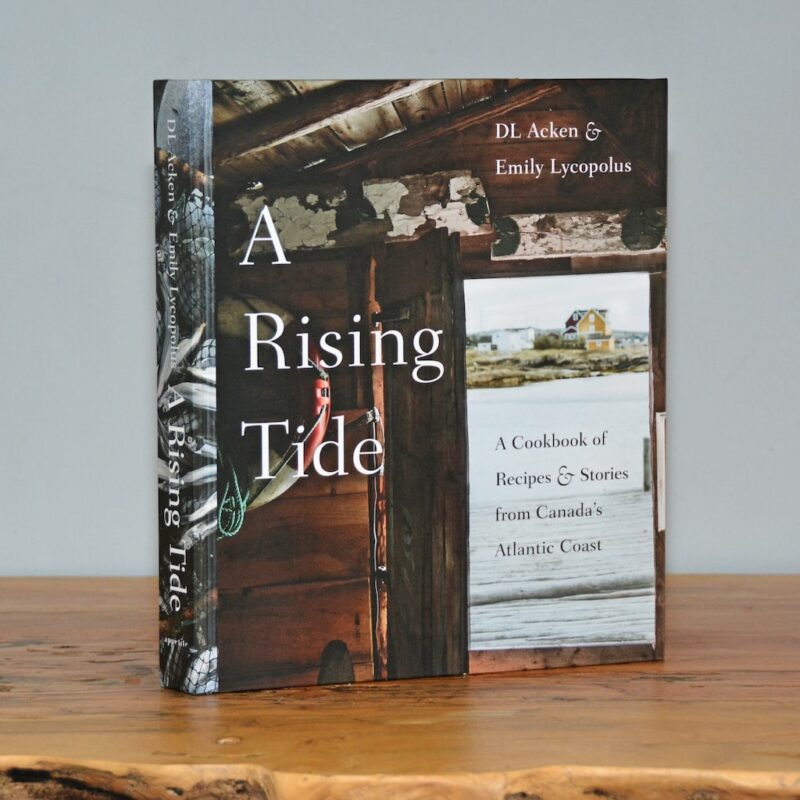First Press – Cold Press – right?
North American marketing terms are typically all that’s found on olive oil bottles. So what do these terms really mean and where did they come from?
Let’s back up a little bit. Olive oil, is a fresh fruit juice (See more about that here ___ ), so naturally when it was first discovered the method of extraction was to squish the fruit. If anyone has ever tried to squish an olive, even a brined one, it’s not easy, they are a really firm fruit and the stone inside is like a rock. In order to easily extract the olive oil, in ancient times, the olives would be left to over ripen so they were extra juicy and then crushed with a stone wheel. The paste from the stone wheel was then scooped up and spread on hemp matts and place in a vice and pressed, so the olive oil would come running out along the outside of the matts and was collected in a pool at the base of the matts. This would be considered the first press. The second or even third press would be made from the leftover pulp being scraped off the matts and put back into the stone wheel, emulsified again, and then the process would happen once again. This oil was used for lamp oil which is the literal translation of the lowest grade of olive oil, lampante.
Olive Oil isn’t “Pressed”
Now, olive oil isn’t pressed. The fresh olives are crushed in mechanical hammers, then the pulp is transferred to a malaxed, where its mixed to naturally and the oil is coaxed out of the pulp. This is also the time in the process when the nutrients and enzymes present in the flesh and pit are imparted into the olive oil. After the malaxing process is finished, which shouldn’t be longer than an hour, the pulp is transferred to the centrifuge where it is spun and the solids, natural water and oil are all separated. This would be considered olio nouvo or fresh oil, it is unfiltered and unpolised, and unracked. These next three processes, polishing, filtering and racking all help clean the oil further and ensure it is stable for storage. If the oil doesn’t under go any of these processes it will only stay fresh and without defect for about 3 months, it spoils very quickly. It is not essential that all these practices be completed although it is best practice to do at least one of the three. For more on how olive oil is best stored check out this article_______
If olive oil isn’t pressed – What does ‘Cold Pressed’ really mean?
So, cold pressed. What’s cold, who decides it’s cold? This is one of the most ambiguous terms out there. The reality is, cold pressed actually means that no additional heat has been added during the pressing process. So, if it’s a really warm day, in the south of Italy, and their harvesting olives, machines running, I can guarantee you it’s anything but cold. The importance of pressing the olives at a cooler temperature is two fold. Firstly, when the olives are hot, you coax more oil out of the pulp, which gives a higher volume, but lower quality as the heat causes the oil to oxidize faster. The other piece is that the enzymes that are present in the flesh of the olive fruit are more active at a higher temperature, so as the pulp is malaxed and churned so to speak, many of the volatile compounds that are presenting from the enzymatic reactions happening will go too far and create a bland oil with few antioxidants present, compared to oil that is pressed cold. Farmers who actually want to produce a high quality oil ensure that the olives are indeed chilled, often they harvest and press at night when its coolest. The olives are malaxed in a vacuum sealed environment to prevent additional oxygen from entering the process, many also have thermometers in the pulp to monitor the temperature and adjustable vents to release any excess heat as the friction definitely creates a warm environment. The technicalities of milling are many. You can read more about the milling process here ____ but lets get back to decoding labels.
- Harvest Date – when was the oil actually made
- Is it in a dark green glass or light-tight bottle glass or stainless bottle?
- Is any Chemistry analysis mentioned on the bottle? FFA, PV, DAG .. more on chemistry here _____
- Are the olive varietals listed on the bottle? Knowing the ingredients beyond “olive oil” is really supportive in ensuring quality
- Is an estate named, or is the product imported through a distributor – knowing where you oil is actually from, not a blend of a variety of countries, or a white label or grocery brand, gives you a better chance of finding an authentic real olive oil.
Now that your labels are decoded, you can easily tackle bottle fatigue and the challenge of finding real fresh olive oil on the grocery store shelf.




0 Comments